Everywhere I go, I see them. Bald eagles. In the past two months, I’ve spotted them resting along a Pennsylvania trout stream. I’ve watched them hovering over Iowa pig farms and semi-frozen Wisconsin wetlands. Near my Idaho home, they’re a regular sight as I jog along a river path.
This should elicit widespread astonishment. I lived in Central Pennsylvania the first 30 years of my life, and never saw a bald eagle. Today, seeing them raises mild interest at best.
The same is true over much of North America. The recovery of bald eagles is one of the most incredible conservation success stories ever told, but it appears we’ve forgotten. Or more likely: taken it for granted.
A world with eagles? Of course. Bald eagles are common. Have always been common. The abundance of eagles can teach us little about facing climate change or other global challenges.
But there was nothing inevitable about the recovery of eagles. And solving that issue – far more complex than it first appears – can still provide a map to dealing with our biggest crises.
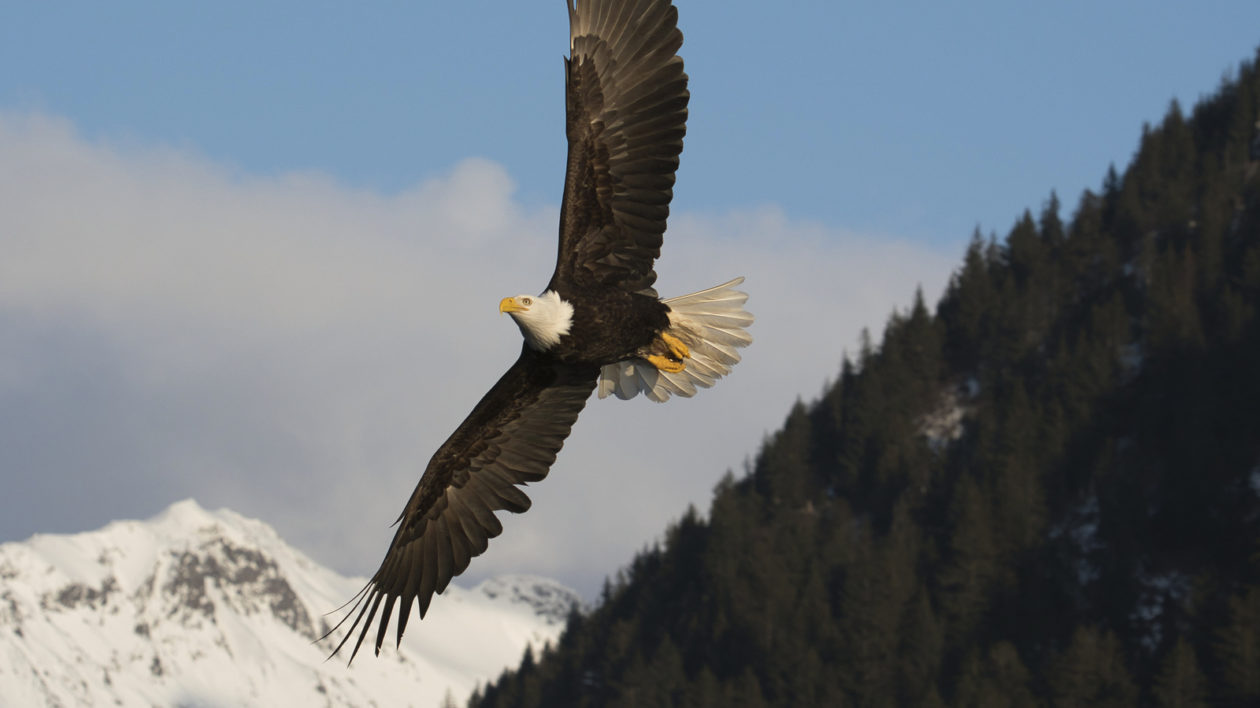
Endangered Icon
In 1963, there were 487 breeding pairs of bald eagles in the contiguous 48 U.S. states. The country’s national symbol was still common in Alaska, but critically endangered over much of its range.
The plight of bald eagles is often linked to the pesticide DDT, which bioaccumulates in greater concentrations as it is passed up the food chain. Bald eagles fed on fish that had accumulated a lot of DDT. This did not kill the eagles but led to them laying eggs with thin shells that were easily broken.
However, bald eagles were already in precipitous decline by the time DDT use became prevalent. The pesticide delivered what appeared to be a final blow to a population already in trouble.
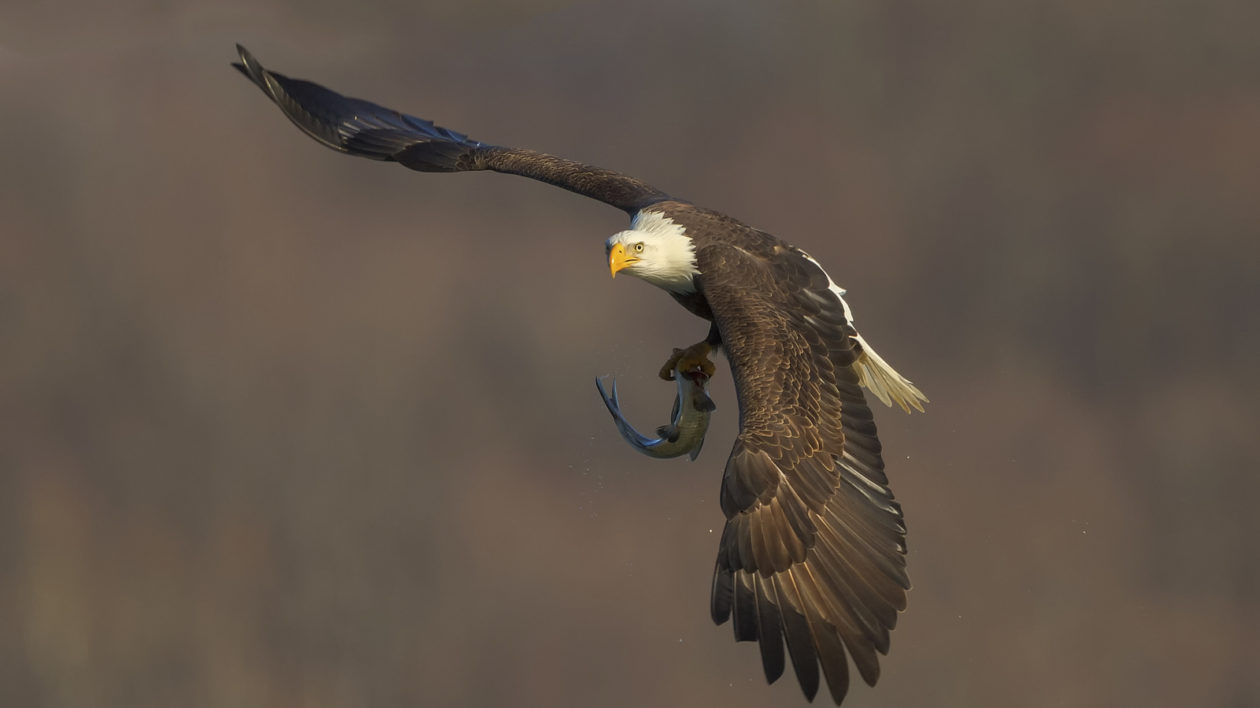
Despite being named the national bird early in United States history, bald eagles were widely reviled and persecuted. Many believed they killed off valuable fish and game, and even posed a risk to children. Alaska paid a bounty for many years.
In 1940, the federal Bald and Golden Eagle Protection Act was passed, prohibiting most killing of eagles. But the act didn’t have much teeth, and eagles continued to decline. It was only with the banning of DDT and the passage of other environmental legislation that allowed eagle population to, if you’ll forgive the pun, soar.
In 2006, there were nearly 9,800 bald eagle pairs recorded in the lower 48 U.S. states. Many states have since quit annual counts, because bald eagles were no longer considered threatened. It was a remarkable conservation success.
Today, it seems inevitable. And that’s a big problem.

Shifting Baseline Syndrome
Conservationists have long known that people consider the environmental conditions of their youth as “normal.” There’s even a name for this: shifting baseline syndrome. I grew up near a stream that I never fished, despite being an avid angler, because it had been biologically dead for four generations. I never questioned this. I never considered that this stream once supported commercial fisheries for shad. It seemed impossible.
Many conservationists consider shifting baseline syndrome a serious problem. If people can’t envision what the world once was, there’s little incentive to restore it. Coming to terms with this syndrome has been one of the underlying motivators for me as a conservation writer. If we can’t comprehend the past, we’re going to keep making the same mistakes.
Usually, conservationists focus on loss when talking about shifting baseline syndrome. Lately, I’ve noticed something similar at work with conservation gains.
Just as we consider losses as “normal” if that’s what we grow up with, so too to do we consider conservation victories. An abundant species of wildlife must be adaptable to humanity, or they wouldn’t be here. Canada geese are an urban nuisance, not a sign that regulations work.
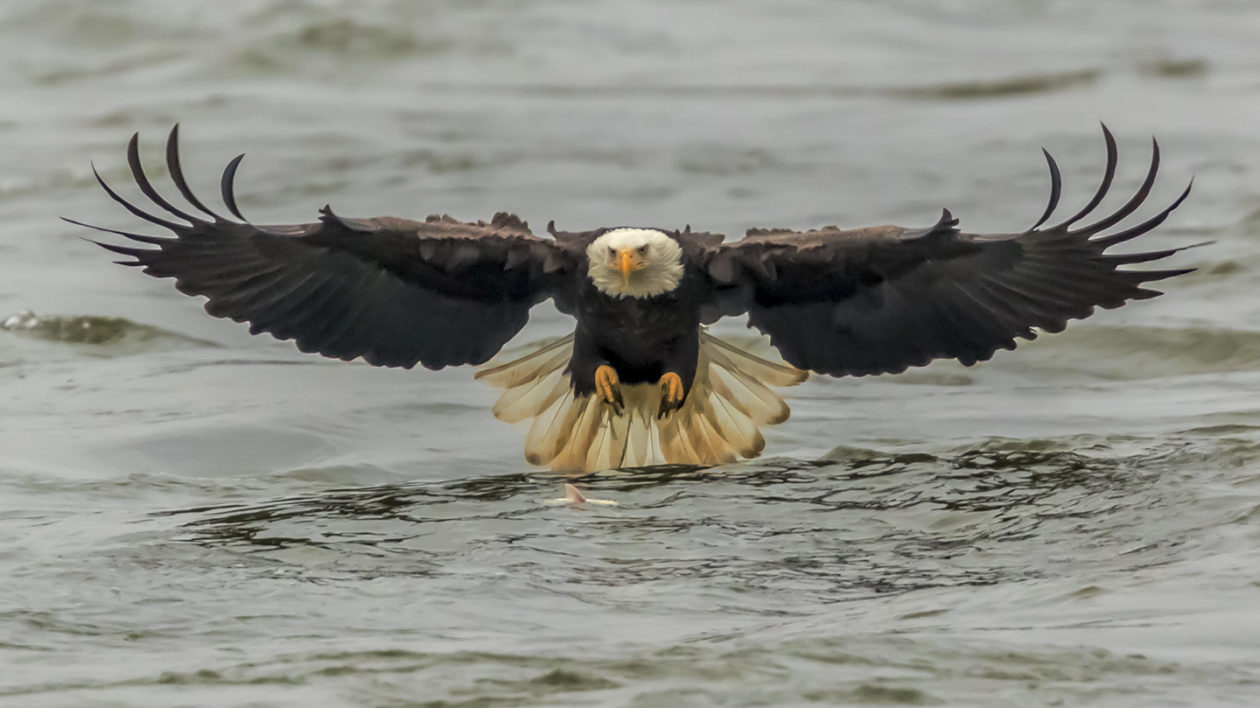
When I speak at colleges and universities, I always am asked what gives me hope. What is alarming is that I sense many young people don’t think there is any reason to be hopeful when it comes to the environment. There are ecological grief groups forming around the world to help people cope with the inevitable.
I reply to questions about hope with a look at conservation history, with stories like the recovery of the bald eagle. And I suspect that many in the audience consider such examples quaint but irrelevant. That was then, this is now.
What could the conservation of a charismatic bird have to teach us? Isn’t that a simplistic story for complicated times?
I think the bald eagle’s story has plenty to offer. In fact, saving the eagle required many forms of conservation action – just like issues today.
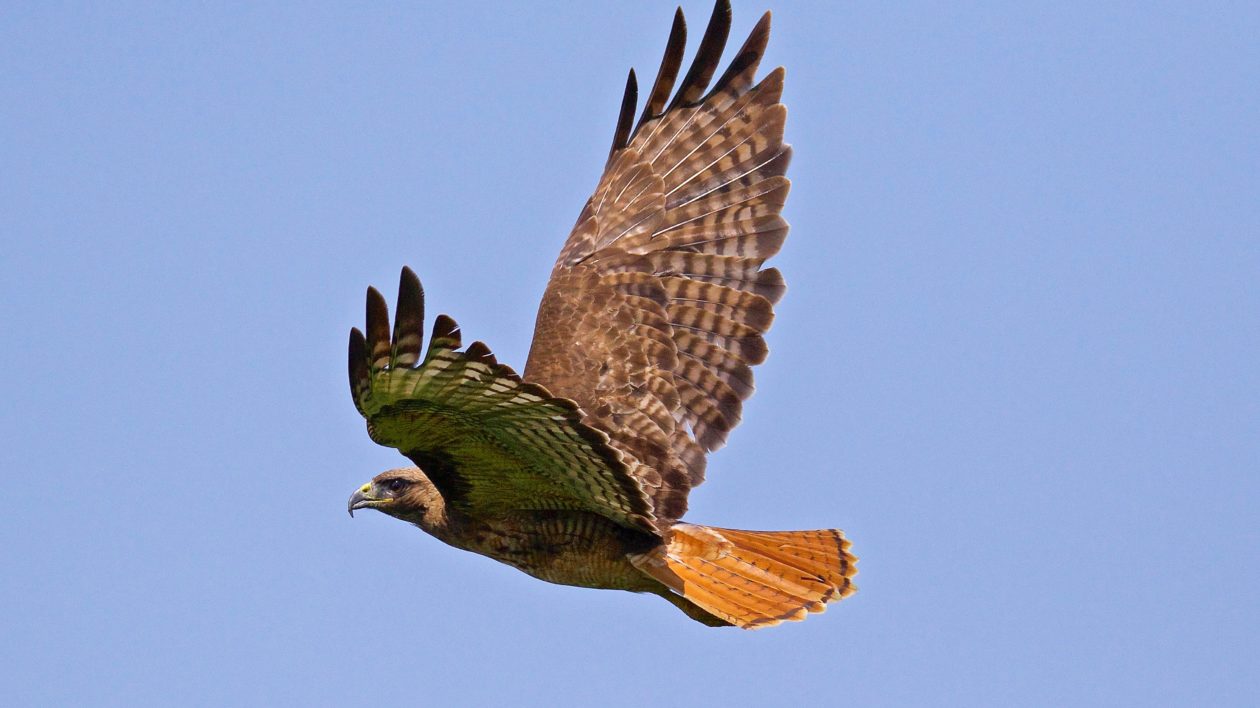
From Hawk Mountain to Earth Day
For a modern-day conservationist, it’s difficult to comprehend just how much people used to hate raptors. In the early 20th century, hawks, owls and eagles were considered “injurious” wildlife, a menace to “beneficial” life like songbirds, game birds and livestock.
Even many devout bird conservationists considered hawks a menace to be shot on sight. For those who saw the role of avian predators in ecosystems, the persecution of raptors had to appear an intractable problem.
A popular “sport” at the time involved lining up along known raptor migration routes and blasting the birds as they passed overhead. Thousands of birds of prey died in this way. The first step in protecting raptors involved educating people about the issue.
Richard Pough (who would later become the first president of The Nature Conservancy) visited a popular raptor shooting spot in eastern Pennsylvania in 1929 Hawk Mountain in 1929 and documented the carnage.
His photos led another conservationist, Rosalie Edge, to lease that eastern Pennsylvania ridge, eventually establishing the world’s first sanctuary for birds of prey. She hired a game warden and the shooting stopped immediately. Today Hawk Mountain is a must-visit hotspot for many birders and naturalists to witness the annual raptor migration.
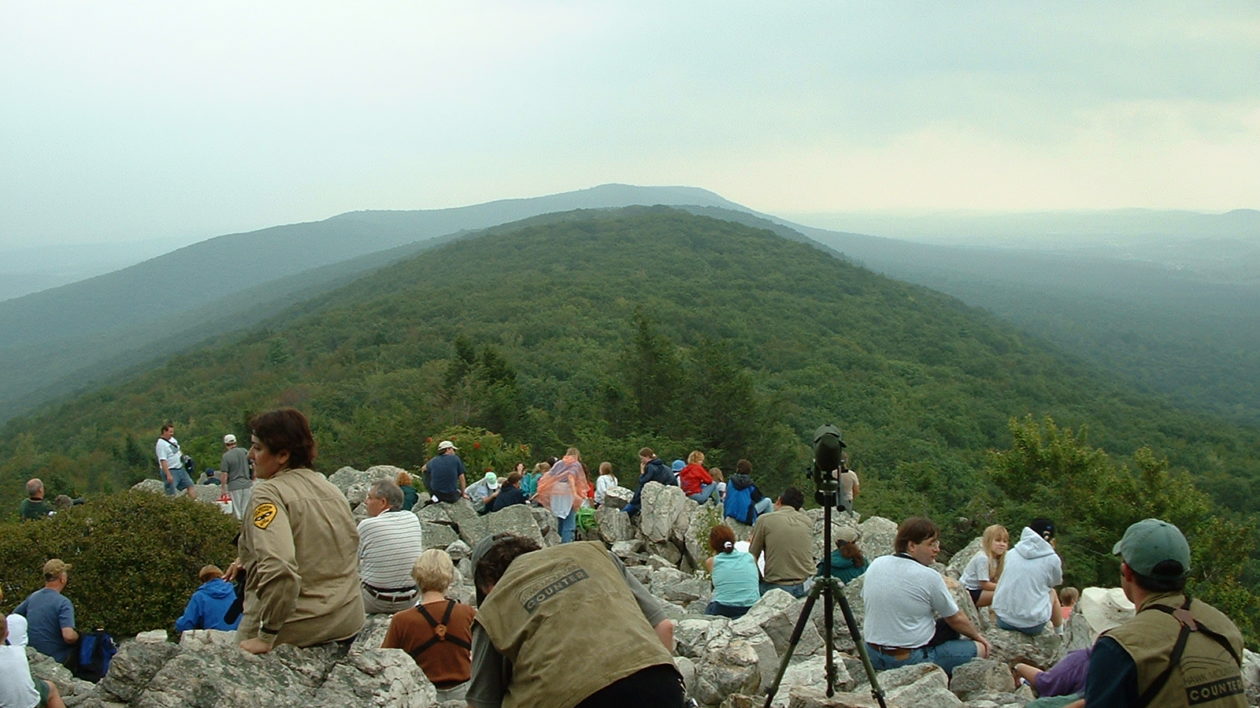
By itself, Hawk Mountain was not enough to save raptors. It was a local project. But such projects, and the documentation of issues like raptor shooting, led to more people appreciating birds of prey. It showed that raptor conservation was not an intractable problem. Other conservationists realized that they could play roles, large and small, much like Richard Pough and Rosalie Edge.
As more people cared about birds, including bald eagles, the federal government acted with the Bald and Golden Eagle Protection Act. It was a step, but it really didn’t help much. Eagles continued to decline.
It really took the environmental awakening of the 1960s and 1970s to address the widespread problems impacting eagle populations. The bald eagle actually became a potent symbol of that awakening and for good reason. What we do to bald eagles we do to ourselves. The deadly pesticides, the polluted water that diminishes the eagle’s food supply, the loss of wetlands: all are bad for humanity, too.
And people spoke up about it. There was activism for environmental regulations on a level that can be almost unfathomable today. This year marks the 50th anniversary of Earth Day. It’s also when the bald eagle’s fate began to turn for the better. That’s not a coincidence.
It took a lot of people to stand up for wildlife, for clean water and for environmental legislation before anything was done. But it was not just local action, as important as that was. Earth Day led to federal legislation like the Endangered Species Act and the Clean Water Act, both of which would directly benefit eagles.
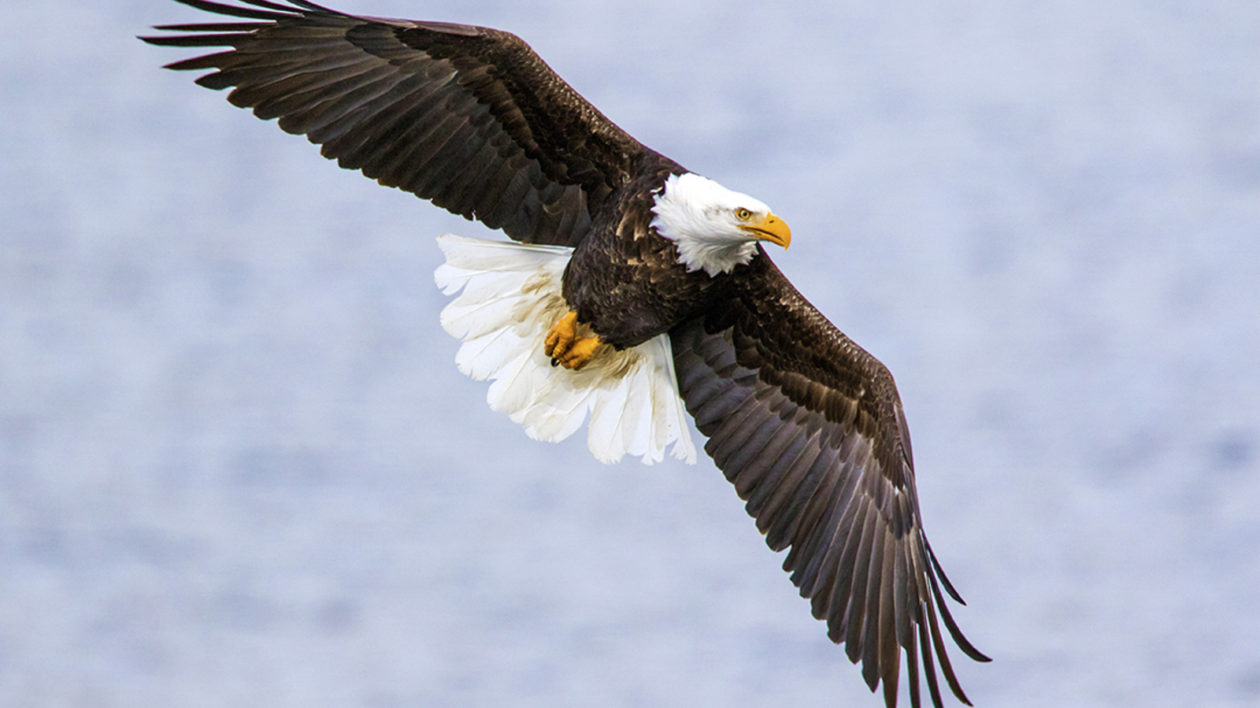
Many conservation thinkers for decades thought that individual choices and local governments offered the most effective (and least intrusive) avenues for conservation. They believed people needed to stand up for water in their own backyards. And that is true, but water doesn’t stay in anyone’s neighborhood, or county, or state. Nor do birds. It was only when federal legislation was passed that a difference was made.
When you start picking apart the bald eagle’s story, you start to see a blueprint. Local protection efforts matter. Conservation communications matters. Activism matters. Federal action matters. There isn’t one single solution. It requires a lot of individual and governmental action.
Some find that daunting. I don’t, because we all have roles to play. The bald eagle’s conservation began by people snapping photos and speaking up. That’s how a movement began.
That bald eagles are now relatively common was not because of historical accident. It’s because people took action and stuck with it. If we don’t see the bald eagle’s story as a blueprint, we’re doomed to have to start all over again.
And even the bald eagle is not “saved” yet. Too many still die because they ingest lead bullets from hunting. This is a solvable problem; copper ammunition is superior to lead for hunting performance, and doesn’t kill wildlife that ingests gut piles.
Clean water protections have been weakened, and they’ve been weakened by playing to shifting baselines. Those weakening the laws suggest that our water is great, as if that happened on its own. The same goes for irresponsible energy development, loss of wetland protection and other issues. All impact bald eagles. Just because we have eagles today doesn’t mean we always will.
Perhaps the most damaging conservation problem of all is our collective short-term memory. A bald eagle overhead is a stirring sight. But it’s more. It’s a sign of what we can lose, but also what we have to gain. But we need to get working. Right now.
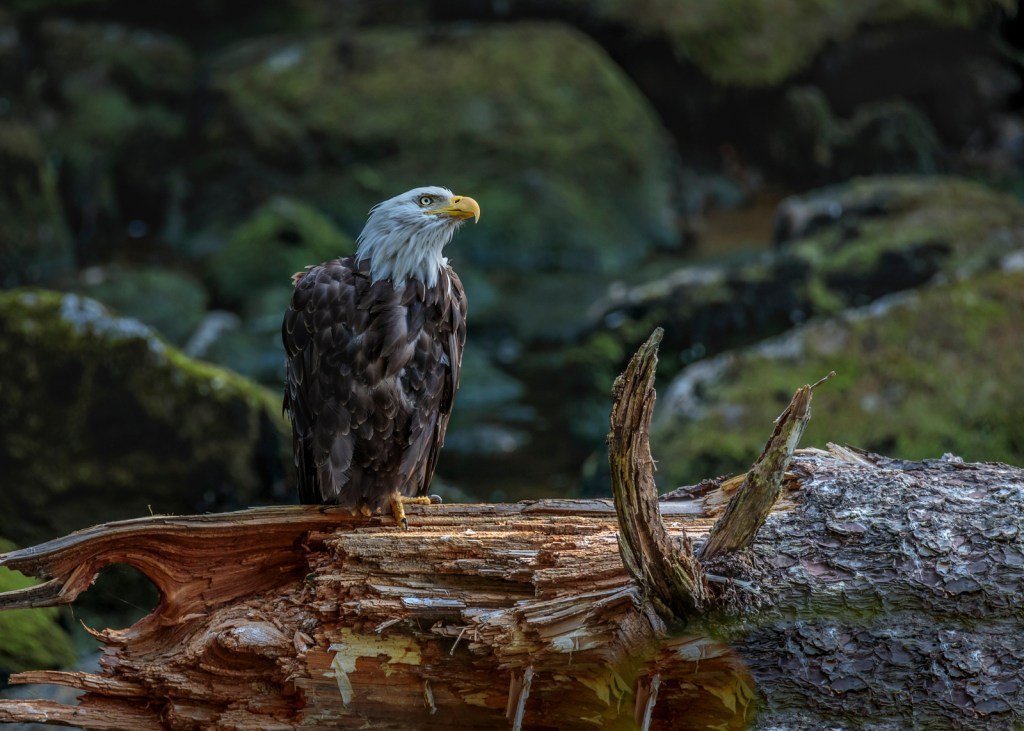



r death and the recovery of the Bald eagle. So it should be!
Now, I wonder, what are we doing about the new murder of wolves as they have been taken of the protected list? There are so few. Anyone who loses an animal to one gets compensated. Why are humans murdering them?
Please help them!!
Thank you,
Nancy Loveland
When the human species fails, it will be because of our inability to understand what normal was before our lifetimes, or to consider what it will be afterwards. I would have expected that people would read about those times, but it seems that as we go on, fewer people actually read anything, so they do indeed think their childhood world was “normal.” It’s so hard to convince the average person to read, to watch PBS, and to spend time in nature actually learning what goes on in the outdoors. Maybe every child should be gifted with a macro lens, plus birding glasses, and be sent off into the world to look at it…and go fishing as well!
Thank you Matthew- your article means the world for me. For the last 6 years I have been able to be a small part in the continued research concerning lead toxicosis in The bald eagle & golden eagle. Today in Science journal a news release on the USGS website: “A first-of-its-kind, eight-year study has found widespread and frequent lead poisoning in North American bald and golden eagles impacting both species’ populations.” my part was very small, but I did supply some photographs to one of the author & to the USGS for their use in the article & any press releases, and as a veterinarian I have had the opportunity to help try & save eagles exposed to lead.
The paper, “Demographic Implications of Lead Poisoning for Eagles Across North America,” was published in the journal Science. Led by scientists from the U.S. Geological Survey, Conservation Science Global, Inc., and U.S. Fish and Wildlife Service, researchers evaluated lead exposure in bald and golden eagles from 2010 to 2018.
Estelle,
Thank you for your great comment. I have seen this paper and am glad it is being covered by the media. It is very important work. I have written about the tremendous (and unnecessary) negative impact that lead ammunition poses to the environment. There are highly effective non-lead alternatives for hunters and anglers to use and I am a big proponent of them. Thanks for writing.
Best,
Matt
Very encouraging article.
Keep up the good work!
Great Blog!!! Even the smallest act, such as telling others about watching eagle nests online, or about local eagle and osprey nests, can make a difference. It’s impossible not to care about something you watch from mating to egg laying to hatching to growing to fledging! I live near Seattle, Washington and in 1986 it was rare to see an eagle overhead… NOW we see them every day. My apartment looks out over a valley that is a flyway for eagles, hawks, great blue herons… and eagles have perched in the tree right outside my living room window. Such a THRILL! And I tell everyone who will listen about them… and what I have learned about them by watching. I tell them about local eagle and osprey nests in the hope that they will become interested and care. Such as standing in a grocery store parking lot leaning on the car with binoculars watching an osprey nest located on top of a power pole. A mother and grade school age daughter got out of their car and came over to me to find out what I was watching. They asked a lot of questions and I’m sure they were interested enough to go on and learn more. That’s a thrill as well! Thanks for interesting reading!
Great article. I learned a lot especially, on subjects that are close to or offshoots of Eagles.
Even though there are individual efforts throughout time and activism is important too, it seems to me the significant points of Eagle and then later Raptor survival are actually Government first then, the banning of DDT then, Richard Plough which was on the right path which led to the broad highway that Rosalie Edge created and then Federal legislation again stepped in.
Within the last 6 months or so, your articles have been extremely informative for me and I enjoy reading them when I take the time.
Thanks for your passion, effort and time.
Thanks for your kind comment. I’m glad you are enjoying the articles. And yes, it has to be both individual AND government action for conservation to work.